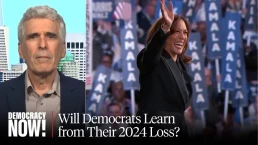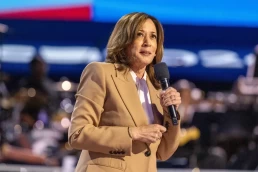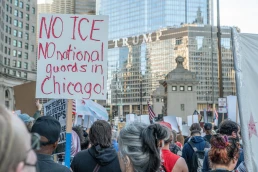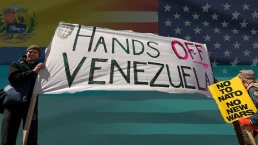Kamala Harris’s proposed price-gouging ban might irritate academics, but it makes sense to everyone else.
By Zephyr Teachout, Portside
Last week, the economics commentariat and much of the mainstream media erupted with contempt toward Kamala Harris’s proposed federal price-gouging law. Op-eds, social-media posts, and straight news reports mocked Harris for economically illiterate pandering and warned of Soviet-style “price controls” that would lead to shortages and runaway inflation.
The strange thing about these complaints is that what Harris actually proposed was neither radical nor new—and it certainly wasn’t price controls. In fact, almost every state already has a law restricting at least some forms of price gouging. Although Harris has not specified the exact design of her proposal, one hopes that it would follow the basic outline of state-level bans: forbidding unwarranted price hikes for necessary goods during emergencies.
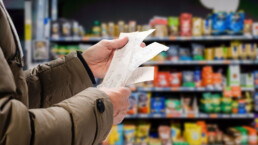
Price gouging in the popular imagination has a “know it when you see it” quality, but it is actually a well-developed body of law. A typical price-gouging claim has four elements. First, a triggering event, sometimes called an “abnormal market disruption,” such as a natural disaster or power outage, must have occurred. Second, in most states, the claim must concern essential goods and services. (No one cares if you overcharge for Louis Vuitton handbags during a hurricane.) Third, a price increase must be “excessive” or “unconscionable,” which most states define as exceeding a certain percentage, typically 10 to 25 percent. Finally, the elevated price must be in excess of the seller’s increased cost. This is crucial: Even during emergencies, sellers are allowed to maintain their existing profit margins. They just can’t increase those margins excessively.
Recent Posts
“The Blue Road To Trump Hell”: Norm Solomon On “How Corporate Democrats Paved The Way For Autocracy”
December 31, 2025
Take Action Now “If you don’t examine real history, then you’re in a cycle that repeats the same problems,” says Norman Solomon, director of…
Why is the Democratic party hiding its 2024 autopsy report?
December 30, 2025
Take Action Now If the DNC isn’t open and transparent about why they lost, then how can we be sure they will learn their lesson this time?By…
Anti-ICE Resistance Sprang Up Across Red States In 2025
December 29, 2025
Take Action Now In Texas, North Carolina, Alabama, Tennessee, Florida, and beyond, grassroots resistance to ICE is growing.By Sonali Kolhatkar,…
Trump Suggests US Bombed ‘Big Facility’ in Venezuela. No One Seems to Know What He’s Talking About
December 29, 2025
Take Action Now Administration officials have yet to provide any details about the supposed strike, which would mark a massive escalation in the…

